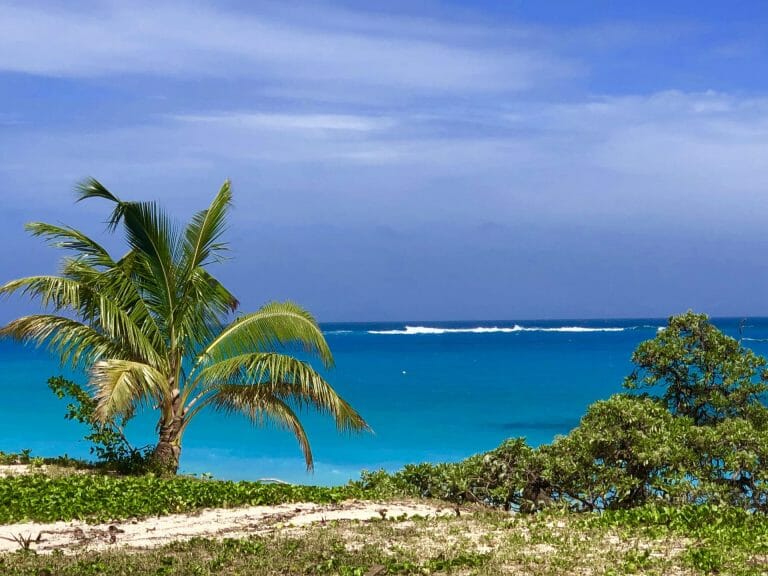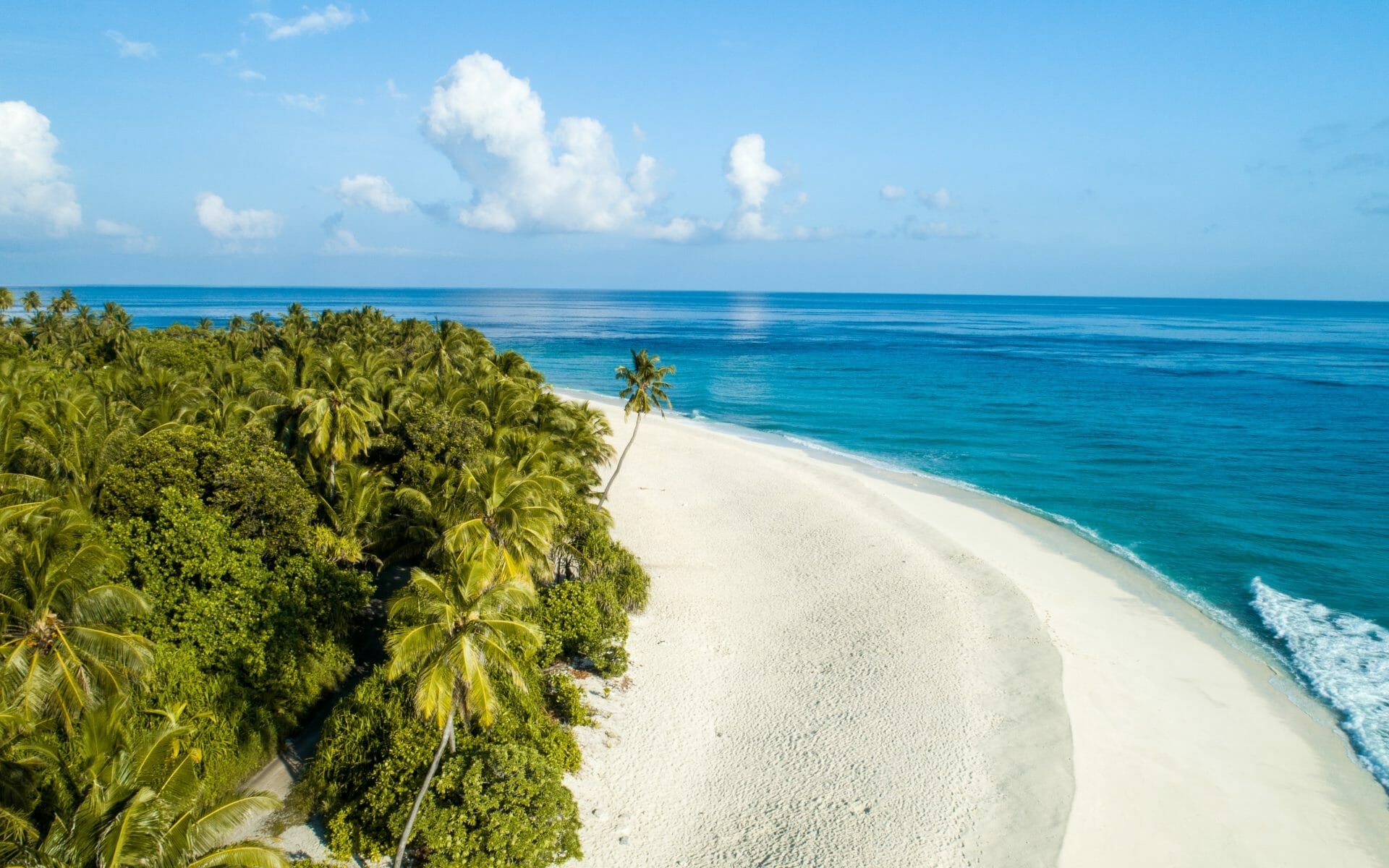
Best time to Visit Indonesia
We know that our cast aways can be (quite rightfully) fairly exacting about the destinations we provide, so we decided it was high time that we offered a place between latitudes 11°S and 6°N and longitudes 95°E and 141°E. And that it had better be made up of over 17,000 islands. With that in mind, we added Indonesia to our Desert Island Survival options.
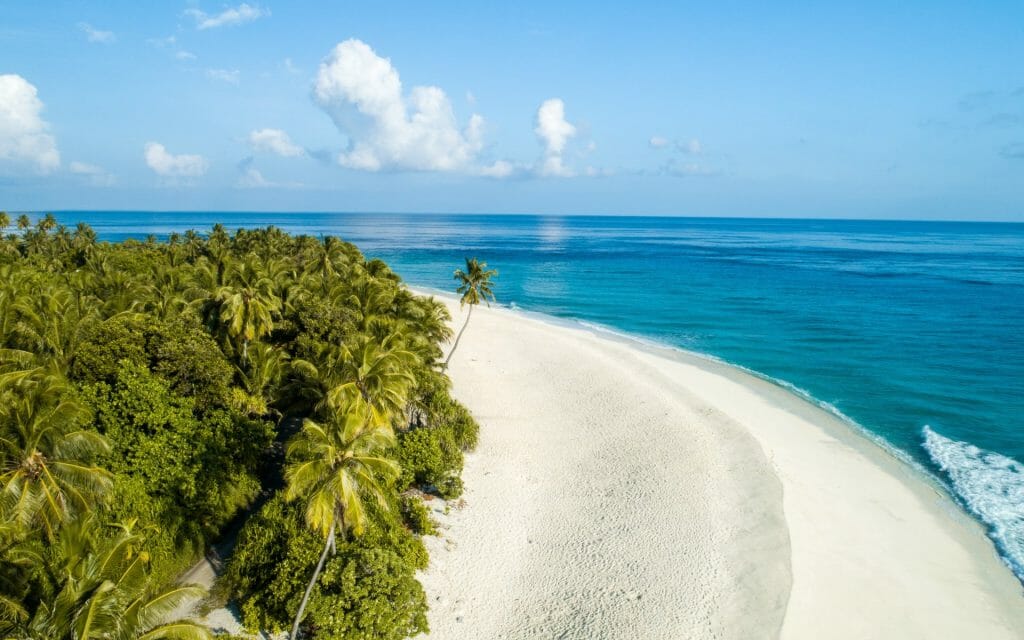
Indonesia offers a unique blend of diverse cultures, breathtaking landscapes, and unparalleled adventures. The best time to visit Indonesia depends on your interests and the regions you plan to explore. This guide will help you navigate the weather patterns, seasons, and prime times to visit Indonesia.
Indonesia experiences two main seasons: the wet season and the dry season. Understanding these weather patterns is crucial for planning your trip. For more detailed insights, check out our Indonesia travel guide.
What is the Best Month to Visit Indonesia?
The best months to visit Indonesia typically fall within the dry season, although specific months can offer unique experiences depending on your destination and activities.
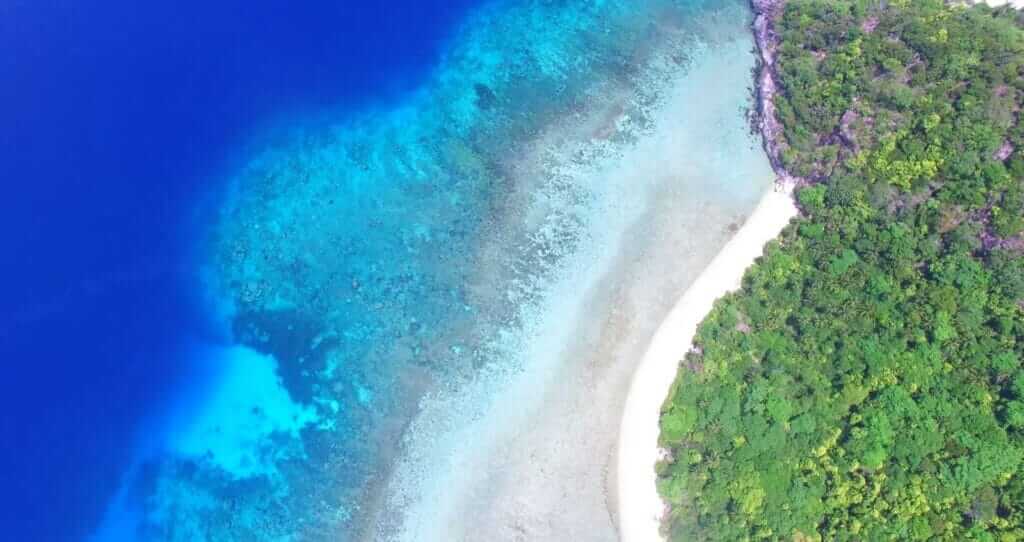
The Dry Season in Indonesia
The dry season, from May to September, is ideal for visiting Indonesia. This period is characterized by sunny days, cooler temperatures, and minimal rainfall, creating perfect conditions for outdoor activities and exploring the islands. This season offers a respite from the intense tropical humidity of the wet season.
Benefits of Visiting During the Dry Season
- Great Weather
Enjoy consistently great weather with blue skies and pleasant temperatures, perfect for outdoor activities.
- Ideal for Beach Lovers: Clear skies and abundant sunshine make beaches inviting. Whether you’re lounging on Bali’s white sands, exploring the Anambas Islands, or engaging in water sports, this season ensures beautiful beach days.
- Photographer’s Dream: Clear skies and bright sunlight provide perfect conditions for capturing stunning landscapes and vibrant festivals. Night photography can also be amazing here, with a plethora of stars dotting the pure night sky.
- Outdoor Activities
This season is perfect for hiking, diving, snorkelling, and attending cultural festivals.
- Hiking and Trekking: Clear trails and cooler temperatures make for perfect trekking adventures in regions like Mount Bromo, Mount Rinjani, and Bali’s volcanic landscapes.
- Diving and Snorkelling: Optimal visibility underwater in spots like Raja Ampat, Komodo National Park, and the Gili Islands allows you to appreciate the vibrant marine life.
- Cultural Festivals: Experience Indonesia’s cultural heritage through various festivals like the Bali Arts Festival in June.
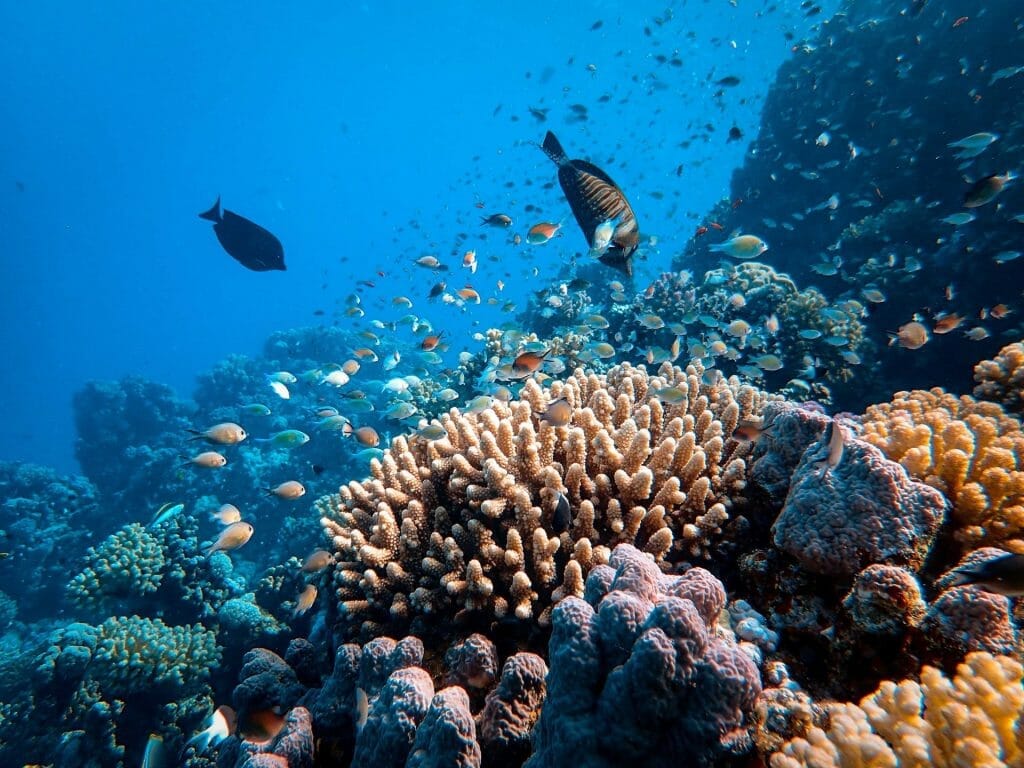
- Fewer Rain Showers
Reduced likelihood of rain showers makes planning daily activities easier and ensures less disruption.
- Consistent Travel Plans: Reliable transportation and travel arrangements with minimal rainfall.
- Comfortable Exploration: Explore urban areas, cultural sites, and natural attractions without worrying about sudden downpours.
- Enhanced Wildlife Viewing: Animals are more predictable around water sources, making wildlife sightings more frequent.
Peak Tourist Season: When to Expect More Crowds
The high season, particularly from June to August, coincides with the dry season. This period attracts the most tourists due to pleasant weather and numerous festivals.
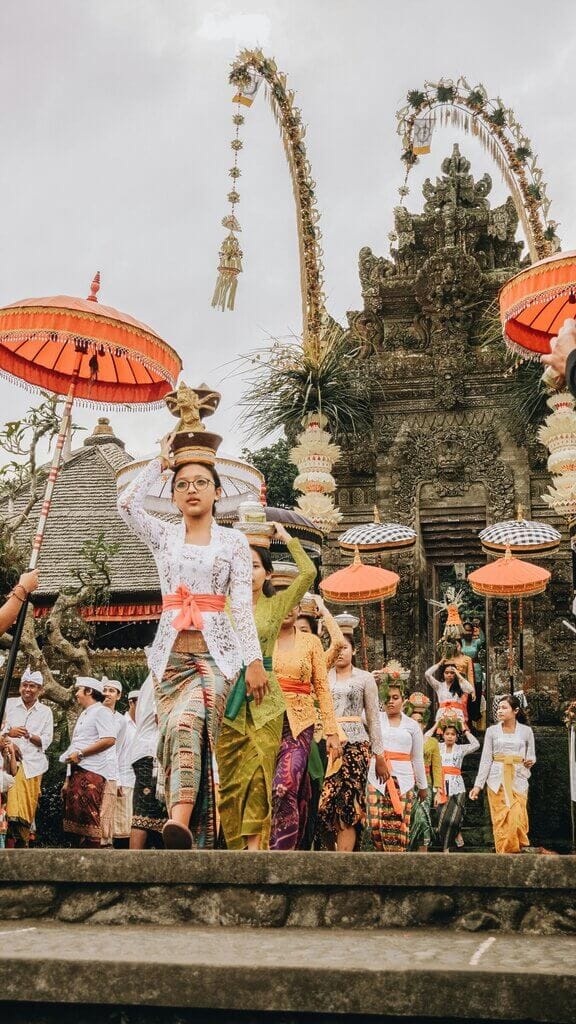
Pros of Visiting Indonesia During the High Season
- Great Weather: Ideal for outdoor activities and beach vacations.
- Festivals and Events: Experience cultural festivals like the Bali Arts Festival and Jakarta International Java Jazz Festival.
- Optimal Conditions for Activities: Excellent conditions for diving, snorkelling, and trekking.
Cons of Visiting Indonesia During the High Season
- Higher Prices: Accommodation and airfare are more expensive due to increased demand.
- More Tourists: Popular spots can be crowded, and infrastructure can be busier.
Tips for Navigating the High Season in Indonesia
- Plan Ahead: Book flights, accommodations, and activities several months in advance.
- Flexible Itinerary: Consider visiting less crowded destinations or quieter areas.
- Explore Early or Late in the Day: Visit attractions early in the morning or late in the afternoon to avoid peak crowds.
- Take Advantage of Festivals: Incorporate local festivals and events into your itinerary.
The Wet Season in Indonesia
The wet season, from October to April, is characterized by heavy downpours and higher humidity. Despite this, it offers its own unique charms.

Benefits of Visiting During the Wet Season
Lush Rainforests
The rain nourishes flora, creating vibrant, green landscapes.
- Enhanced Biodiversity: Lush vegetation and active wildlife, especially in regions like Kalimantan and Papua.
- Spectacular Waterfalls: Waterfalls are more impressive during the wet season.
- Dense Vegetation: Rich, immersive jungle experiences.
2. Fewer Tourists
Enjoy a more peaceful and intimate travel experience.
- Tranquil Attractions: Explore popular spots with fewer interruptions.
- Exclusive Experiences: Private tours and personalized service at hotels and resorts.
- Unspoiled Beaches: Enjoy serene beaches in the Anambas Islands or Lombok.
3. Good Deals
Lower prices and better deals on accommodations and flights.
- Accommodation Discounts: Stay in high-quality accommodations at lower rates.
- Affordable Flights: Substantial savings on airfares.
- Attractive Packages: Discounted tour packages.
Tips for Traveling During the Wet Season
. Be Prepared
Pack appropriately and plan a flexible itinerary.
- Pack Light: Bring quick-drying clothing, a sturdy rain jacket, and waterproof footwear.
- Flexible Itinerary: Adapt plans to changing weather conditions.
- Local Insight: Seek advice from locals for the best times to visit certain attractions.
2. Embrace the Weather
Enjoy indoor attractions, culinary experiences, and relaxation.
- Indoor Attractions: Explore museums, art galleries, and cultural centres.
- Culinary Experiences: Enjoy local cuisine and take cooking classes.
- Relaxation: Rejuvenate with wellness activities at resorts.
Shoulder Season: A Balanced Choice
What Are Shoulder Seasons?
Shoulder seasons, typically April to May and September to October, fall between the wet and dry seasons.
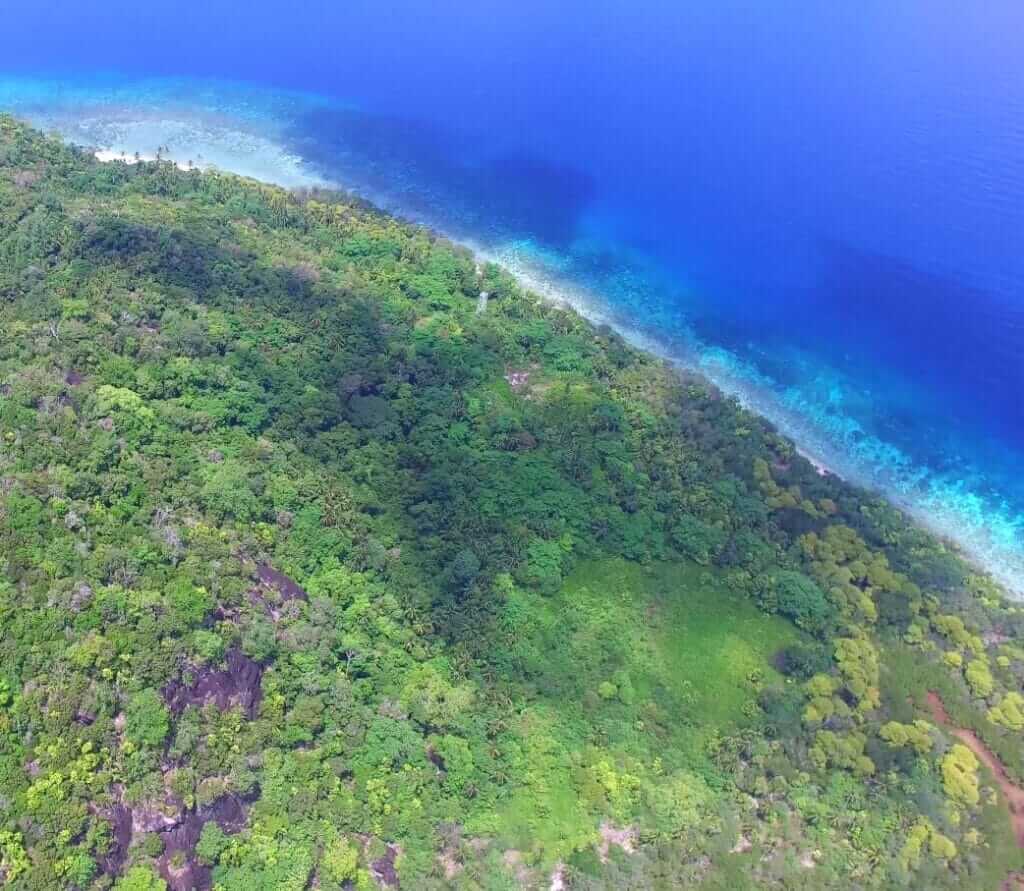
Benefits of the Shoulder Season
- Pleasant Weather: Enjoy good weather without the peak tourist crowds.
- Lower Prices: Benefit from lower prices compared to the high season.
Weather Patterns Across Indonesia
Indonesia’s vast size means weather conditions vary across regions. Our Indonesia travel guide offers comprehensive information on regional weather patterns.
- Komodo National Park: Best visited in the dry season for diving and exploring.
- West Papua: Offers unique experiences year-round but is best in the dry season.
- Anambas Islands Regency: Known for pristine beaches and clear waters, best visited during the dry season. Our Indonesia Desert Island Survival Experience offers an unforgettable adventure.
Best Time to Visit Bali
Bali is best visited during the dry season. The Bali Arts Festival in June showcases Balinese culture.
Ideal Time to Visit the Gili Islands
The Gili Islands are perfect during the dry season, offering great weather for diving and beach activities.
Best Months to Visit Java
Java is best visited from May to September, aligning with the dry season for pleasant weather.
Outdoor Activities and Adventures
- Hiking and Mountains
Indonesia’s mountainous regions, such as Java and Sumatra, are best visited in the dry season for hiking and outdoor adventures.
- Diving in Indonesia
The dry season offers the best diving conditions, with clear waters and optimal visibility. Regions like the Anambas Islands and Komodo National Park are renowned for diving.
Conclusion: Your Ideal Time to Visit Indonesia
Ultimately, the best time to visit Indonesia depends on your preferences. Whether you prefer the dry season’s great weather, the wet season’s lush landscapes, or the shoulder seasons’ balance, Indonesia offers something for everyone.
Book your Indonesia Adventure now and discover the wonders of this incredible destination. Our Indonesia travel guide and Indonesia Desert Island Survival Experience offer unique insights and opportunities.
Plan your trip now and immerse yourself in the adventure of a lifetime.
Key Takeaways
- The best time to visit Indonesia is during the dry season (May to September) for optimal weather.
- The wet season (October to April) offers lush landscapes and fewer tourists.
- Shoulder seasons provide a balance of good weather and lower prices.
- Regional variations mean different islands may have their own best times to visit.
- Plan and book your trip in advance, especially during peak tourist season.
Start planning your unforgettable adventure today.
FAQs
The best month to visit Indonesia is typically in the dry season, with June to September being ideal for most regions.
The rainiest months in Indonesia are December and January.
The rainy season in Indonesia runs from October to April.
While the rainy season can bring heavy downpours, it also means fewer tourists and lush, green landscapes. It’s a good time for budget travelers to find deals and enjoy quieter attractions.
Yes, the Bali Arts Festival in June is a major event that showcases the rich culture of Bali.
Book your Indonesia adventure today and embark on a journey of a lifetime!
If Indonesia isn’t exactly what you were thinking of for your personal desert island experience, don’t worry, we have options tailored in a number of ways on a number of islands across the world. You can also check out our travel guides to our destinations in Panama, Philippines, and Tonga.
Of course, if you have any questions at all, or would like to talk about our adventures, please feel free to contact us, we would love to hear from you.


